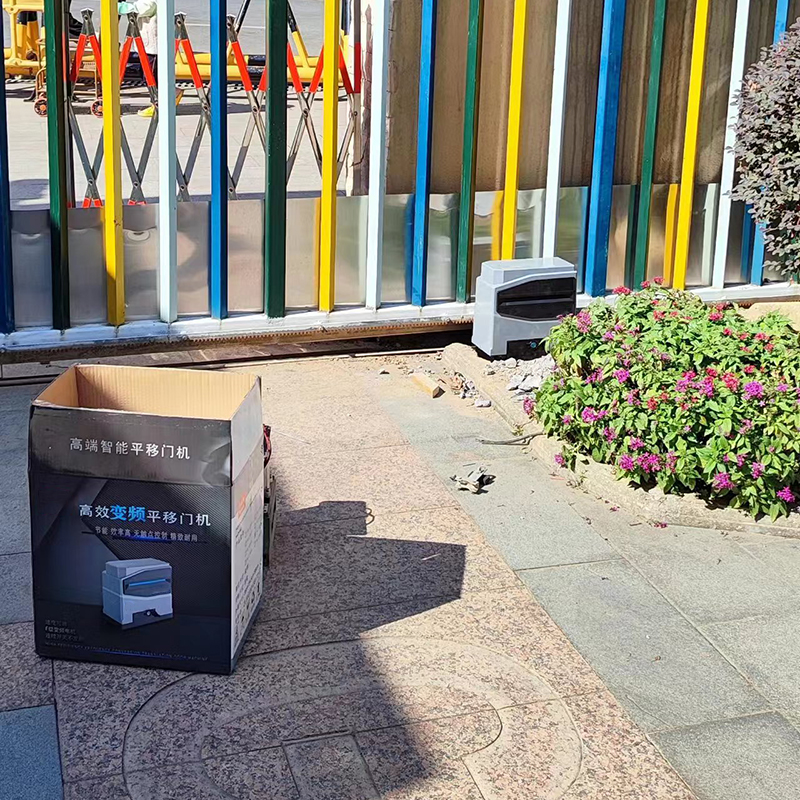Automatic gate opener systems provide convenience, accessibility, and security to residential and commercial properties. However, with the increasing prevalence of connected devices and the Internet of Things (IoT), concerns about security vulnerabilities and potential hacking of these systems have become more pronounced. Manufacturers of automatic gate openers recognize these concerns and employ various strategies to address them effectively.

1. Encryption and Authentication Protocols
To mitigate the risk of unauthorized access, manufacturers implement robust encryption and authentication protocols in their gate opener systems. Encrypted communication channels between the gate opener and remote control devices, such as smartphones or keypads, ensure that commands are securely transmitted and cannot be intercepted or tampered with by malicious actors. Additionally, strong authentication mechanisms, such as password protection and multi-factor authentication, help verify the identity of users before granting access.
2. Firmware Updates and Patch Management
Regular firmware updates are essential for addressing security vulnerabilities and improving the overall resilience of automatic gate opener systems. Manufacturers proactively identify and patch potential vulnerabilities through firmware updates, often releasing patches in response to security advisories or emerging threats. Moreover, manufacturers may implement automated update mechanisms or provide clear instructions for users to ensure that their gate opener systems are always running the latest, most secure software.
3. Secure Remote Access
Many modern automatic gate opener systems offer remote access capabilities, allowing users to control their gates from anywhere via smartphone apps or web interfaces. To safeguard against unauthorized remote access, manufacturers implement secure authentication mechanisms and access control policies. This may include the use of encrypted communication protocols, secure login procedures, and the ability to revoke access permissions remotely in case of loss or theft of a device.
4. Physical Security Measures
In addition to addressing digital security concerns, manufacturers also focus on enhancing the physical security of their gate opener systems. This may involve incorporating tamper-resistant components, such as secure enclosures and locking mechanisms, to prevent unauthorized access to sensitive parts of the system. Manufacturers may also provide guidance on best practices for physical installation, such as choosing secure mounting locations and using sturdy locks and bolts to deter tampering or vandalism.
5. Security Audits and Testing
To ensure the effectiveness of their security measures, manufacturers conduct rigorous security audits and testing of their automatic gate opener systems. This may involve vulnerability assessments, penetration testing, and code reviews to identify and remediate potential weaknesses before they can be exploited by malicious actors. Additionally, manufacturers may collaborate with independent security researchers and organizations to identify vulnerabilities through responsible disclosure programs and address them promptly.
6. User Education and Awareness
Manufacturers recognize that security is not solely a technological issue but also a human one. Therefore, they invest in educating users about security best practices and raising awareness of potential threats. This may include providing comprehensive user manuals, online resources, and training sessions that cover topics such as password hygiene, phishing awareness, and the importance of keeping software up to date. By empowering users to take proactive steps to secure their automatic gate opener systems, manufacturers can enhance overall security posture and reduce the risk of successful attacks.
Conclusion
In the face of evolving cybersecurity threats, manufacturers of automatic gate opener systems are committed to ensuring the security and integrity of their products. Through the implementation of encryption and authentication protocols, regular firmware updates, secure remote access mechanisms, physical security measures, security audits, and user education initiatives, manufacturers address concerns related to security vulnerabilities and potential hacking effectively. By prioritizing security at every stage of the product lifecycle, manufacturers strive to provide peace of mind to users and maintain trust in their products in an increasingly connected world.